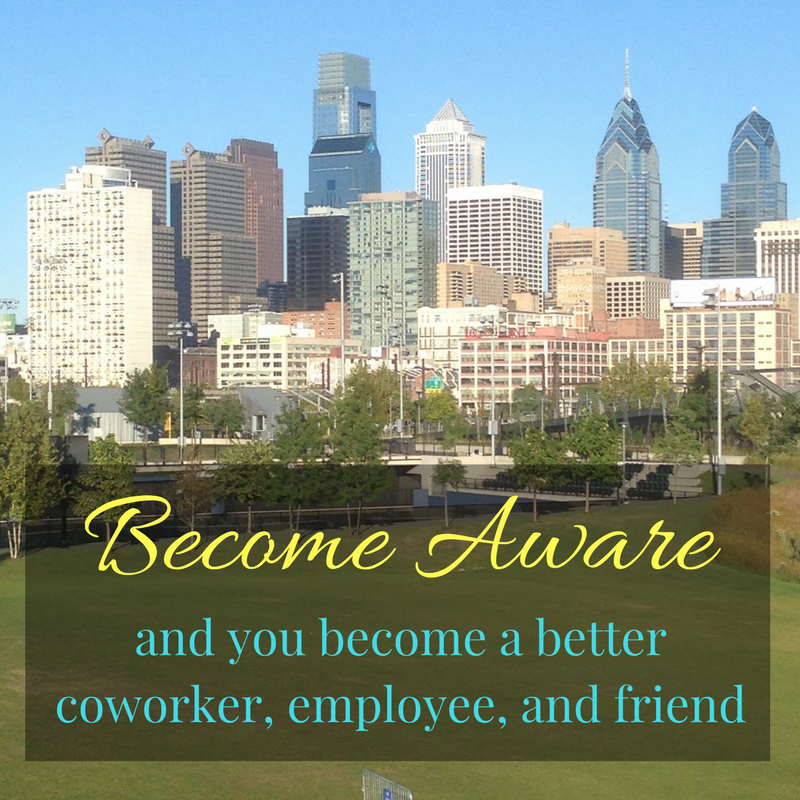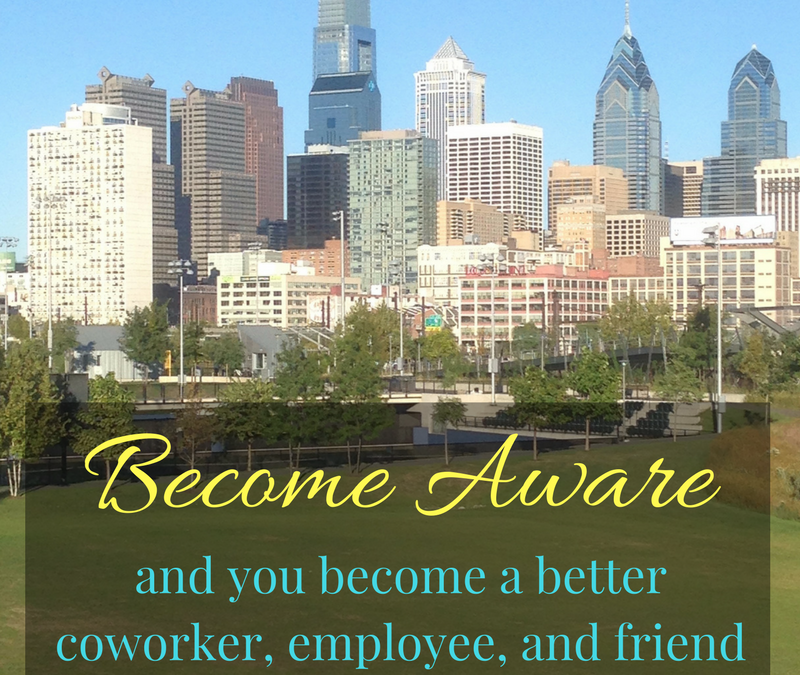
Mindfulness is all the rage right now, and I swear it is the only thing enabling my productivity these days. Before I began practicing mindfulness, I would waste hours stressing out and over-thinking almost every decision I had to make. Decisions that should be minor — like what to eat or what to wear — would take me forever. So you can imagine how long my work would to take me! (In fact, even reaching the realization that I was wasting time on minor decisions would have been impossible before I began practicing mindfulness.)
So what is all the hype about? What IS mindfulness?
It’s an overarching awareness of all the things happening within and around you. It’s the ability to focus on what’s happening in the moment. It’s the understanding of how you feel or what’s really bothering you in any given time. It’s the acknowledgement of the full scope of events happening around you: what’s causing the people around you to act the way they’re acting and say the things they’re saying. Essentially, mindfulness is emotional intelligence. And once you harness it, you’ll be much more efficient.
Ok, fine. So mindfulness is actually more than just a fad. But how do you start practicing it?
First, you’ve gotta make time to calm down. And second, you’ve gotta stick to your guns and make it a priority to give yourself that cool down time. (Psst we wrote another blog about how to prioritize things well.)
For some reason, many people I speak to are scared of meditating. I get it, I’ve been there. But taking that leap of faith was SO worth it for me, especially once I realized that I’d actually been meditating for years unknowingly. My “meditative” practice began years ago with long walks home from work, getting lost in the ballsy lyrics and strong beats of my Current Faves playlist (way back before Spotify). Walking to the beat of the music and jamming in my head gave me the mental space to cool down after a long day. During those walks I was able to process the feelings I had in the office and the true intentions behind the actions I took throughout the day. Those walks ultimately helped me recognize how I could improve my work and my attitude in the future.
Creating that space to calm down and process things without distraction has helped me become immensely more productive at work. When I’m calm and focused, I always come up with my best ideas and I’m usually able to get my best work done at the fastest rate.
Mindfulness doesn’t always necessitate meditation, but you can’t become mindful until you’re comfortable slowing down. Focus on the current moment, eliminate distractions, put your phone away. If meditation seems intense, try going for a walk by yourself and listening to the kind of music you can get lost in (for me it’s the self-titled album from The 1975 or Robyn’s Body Talk).
As I became more advanced in my mindfulness, I learned to the “meditative” state I once got from walking-and-jamming without having to walk-and-jam. Now I can find a mental calm – and thus, a mental clarity – at the gym, at my desk, or in quiet yoga studios. When I get distracted, my mindful practices help me quickly recognize that my thoughts have drifted so I can refocus on whatever task I’m working on – whether it’s pushing myself at the gym, meeting a deadline at my desk, or balancing on one leg in a yoga class.
This ability to slow down has given me the mental space to recognize what’s really happening all around me. It’s forced me to stay mentally present throughout the day, which has made me WAY more productive at work. But most importantly, it’s made me significantly more understanding of the people around me, so I’ve become a more emotionally-aware coworker, employee, and friend.

